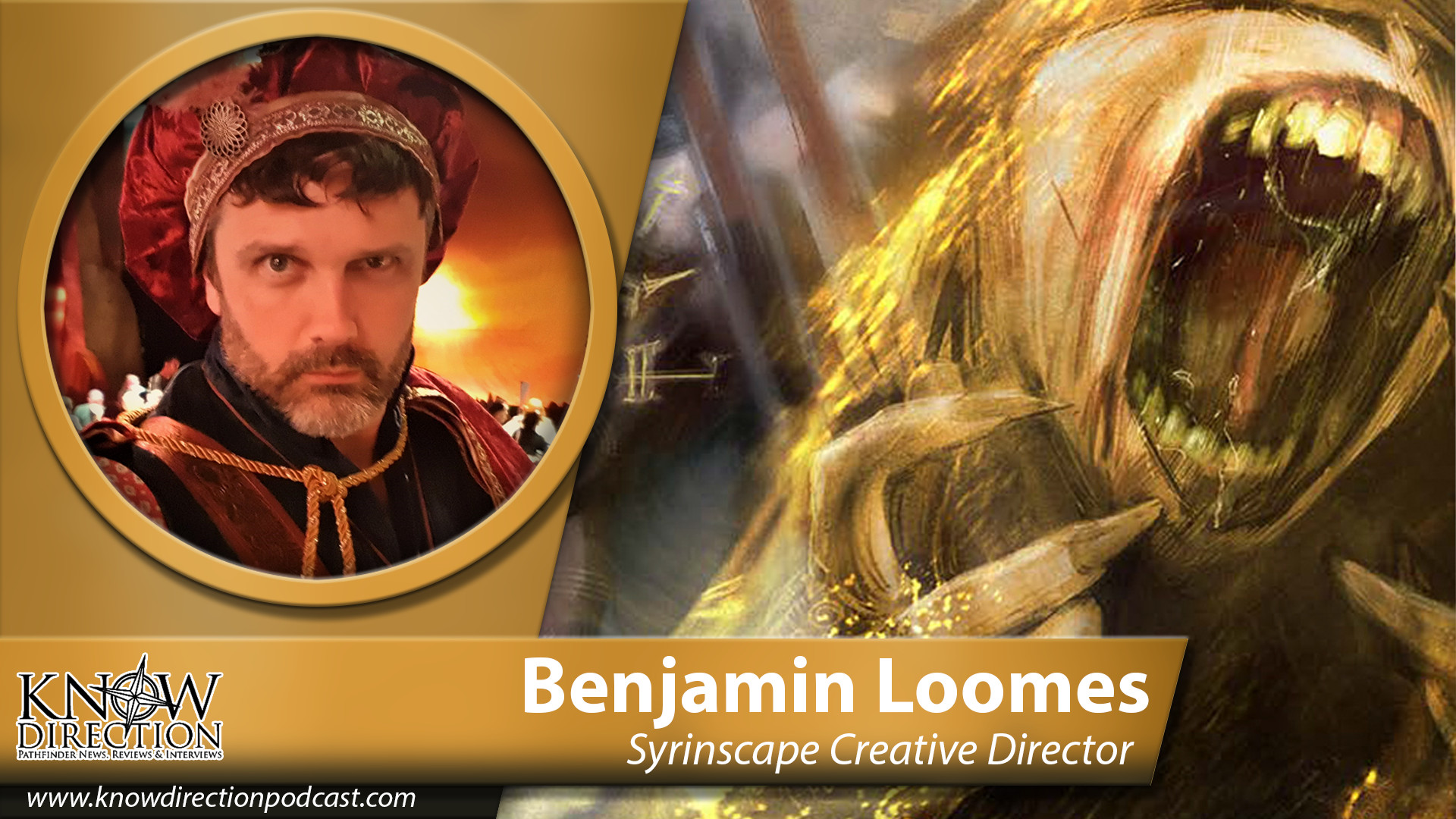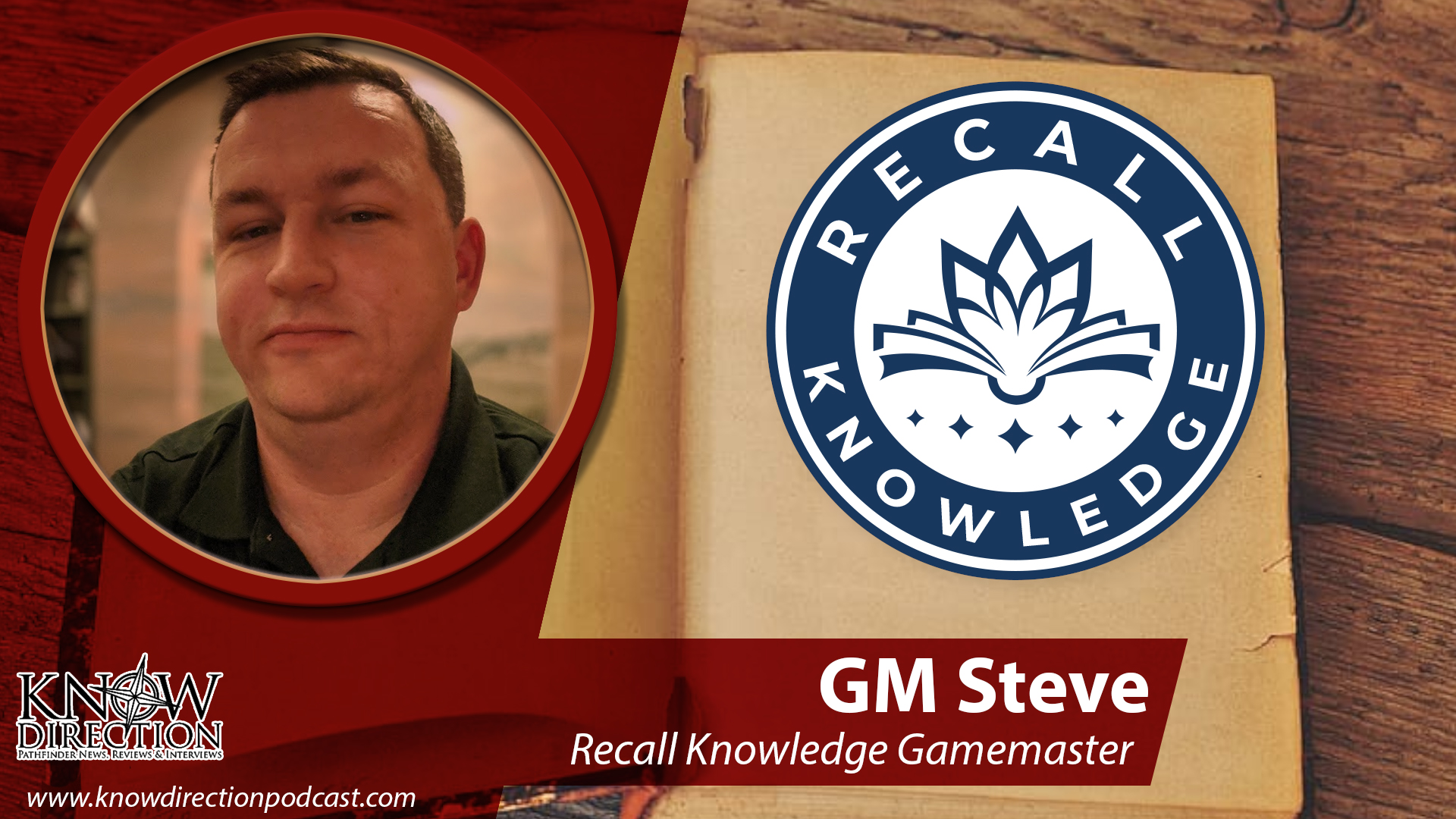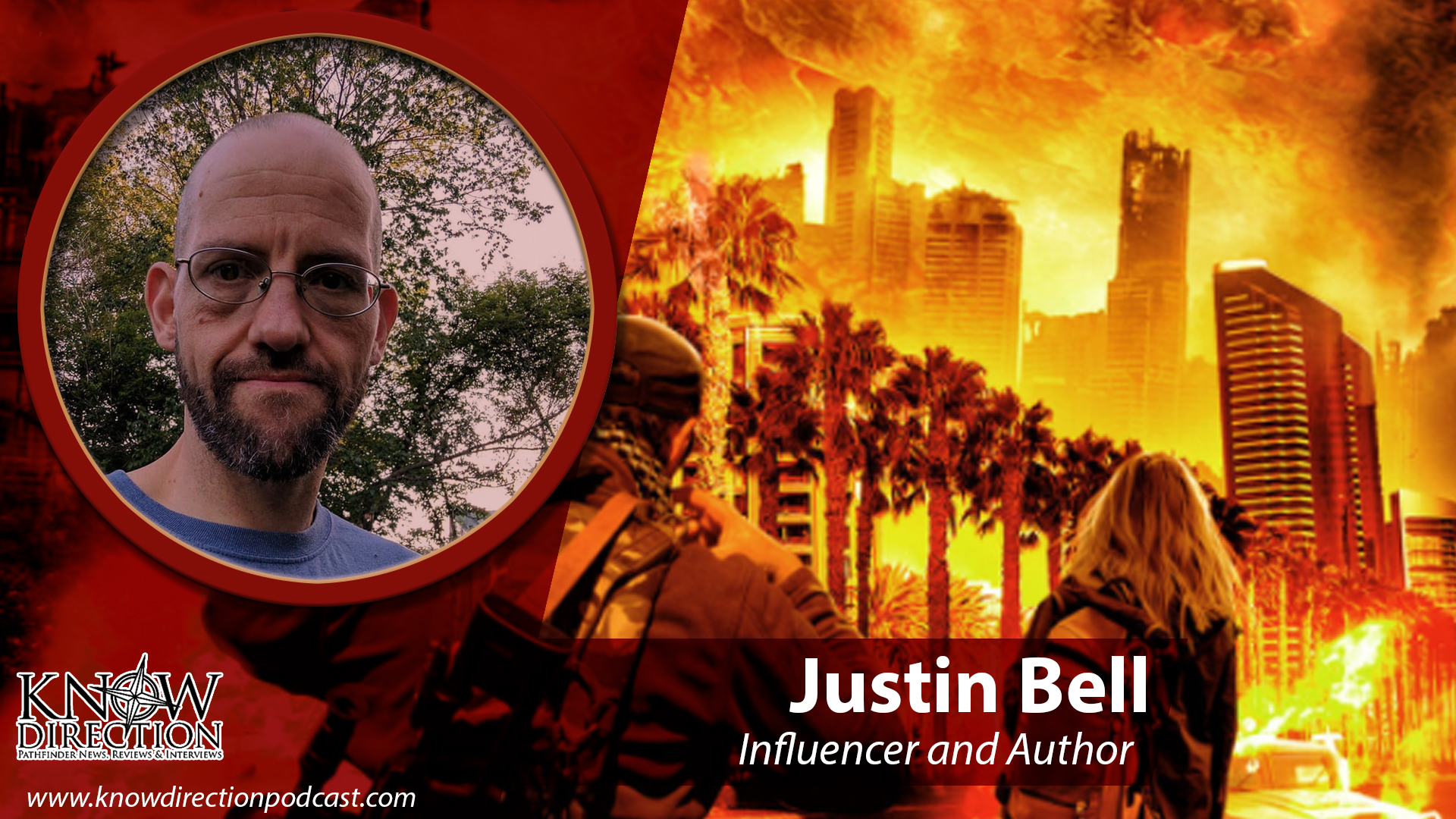Author’s note: I am using “SFF” to encapsulate the ever-wider world of science fiction, fantasy, gaming, movies, and more. It’s a huge field, and typing all that out really takes away from the punchy lines I was going for.
One of the things I love about SFF is that it is immense. One of the things I hate is that we hobble ourselves into this tiny little box. There’s this perception that speculative fiction is some weak, backwater, niche thing, a single dirty paperback lurking behind the ‘real’ fiction in the used bookstore. Us against the world. That there’s only so much room at the table, only so many stories that can be told, only a few types of people who can really be heroes.
Though the roots of speculative fiction trace back to the dawn of humanity, speculative fiction still feels newish as a genre. Born as a distinct genre in Western fiction in the 1800s, it was in the 1920s when the magazines – the beginning of the genre as we know it today – began. I can still have dinner with a dear friend who worked with the publisher who popularized the paperback, another friend tells stories of an early writer who traveled via covered wagon. Tabletop and video game as industry are very new, and the founders are still with us, or only recently passed.
SFF is still growing up
Hugo Gernsback wrote in the first issue of Amazing Stories:
“By ‘scientifiction’ I mean the Jules Verne, H. G. Wells and Edgar Allan Poe type of story—a charming romance intermingled with scientific fact and prophetic vision… Not only do these amazing tales make tremendously interesting reading—they are always instructive. They supply knowledge… in a very palatable form… New adventures pictured for us in the scientifiction of today are not at all impossible of realization tomorrow… Many great science stories destined to be of historical interest are still to be written… Posterity will point to them as having blazed a new trail, not only in literature and fiction, but progress as well.”
“Prophetic vision.” The stories of Wells and Poe seem terribly quaint and breathlessly excitable to us today – Hollow Earths! Aliens on the moon! – but these stories were dealing with the emerging questions and discoveries of the eras. The question of space, of whether humans were alone, changing political environments, and a rapidly modernizing world can be found woven deeply through the narratives found in those early magazines.
But this wasn’t new. Frankenstein, one of the foundational SFF novels, is a deeply political and humanitarian story, one that is still being dissected and retold today. Through the years following Gernsback’s thundering pronouncement of the power of science fiction, science fiction and fantasy have examined the issues we face in ways both blunt and subtle: Bradbury and Gibson, Orwell and Butler, Asimov and Vonnegut. They created an excitement for the future, they inspired astronauts and inventors.
SFF is prophetic
And, in the modern day, it wields a power far larger than its footprint might suggest. Blame it on Game of Thrones, or Lord of the Rings, or the Walking Dead, but SFF is ubiquitous. I opened a Vogue magazine a few years ago and found a Game of Thrones trivia game “to help us survive until the next season.” Pete Buttigieg sent out a marketing email today saying “As a Trekkie, I’m very excited about this upcoming event” for a political fundraiser. We have Star Wars merchandise in our big box stores, and President Obama released a statement when Ray Bradbury passed. France hired a team of science fiction writers to help plan for future threats. The US Army War College uses role-playing games to train its officers.
A few years ago, I was part of a team that used Star Wars to explain hard military strategy because the project lead, a military officer, had discovered that his Korean students had no connection to American history, but could quote Star Wars at length.
SFF is the common language
When Interstellar came out, I saw it in the theater in my tiny hometown. It’s a rural area, deeply conservative, often a little behind the times and proud of it. There were four boys, probably in their early teens, a couple of rows ahead of us. They started out like young boys do, rowdy and disconnected, laughing and talking, dismissive of a girl being the main character. As the movie went on, however, they became quieter, finally silent. When it ended, they simply sat there, staring at the screen.
“I want to go to space,” one of them finally whispered, and it was like a dam burst. Four boys, clamoring over each other in their excitement. Their world had just expanded farther than they knew it could, and they were in love. They were still gushing when they hit the parking lot. Around us, cattle ranches, but they were looking up to the stars. They’d seen someone like them, a farm kid, become a scientist, a space farer.
And beneath that, deeper messages about climate change, the responsibility we have to save each other, the importance of family and perseverance. A deeply, powerfully ‘political’ statement that changed the entire mindset of four kids.
That power can go many directions. As creators of speculative media, we are the tastemakers now. Whether we’re writing The Avengers or an indie game that twenty people will play, we’re creating the dreams and reality of tomorrow. Our words and images shape the future in ways we may never see.
As creators, it is our job to open doors and build bridges. We have the power to make the world bigger. To welcome everyone to the table, to build this young, powerful force into something that makes possible the realization of a tomorrow far brighter than the one we live in now. A future of equality, accessibility, imagination. A future where we can all look to the stars not because we need to flee our reality, but because there are more dreams to discover.
SFF is the future
And the future is large enough for all of us.






